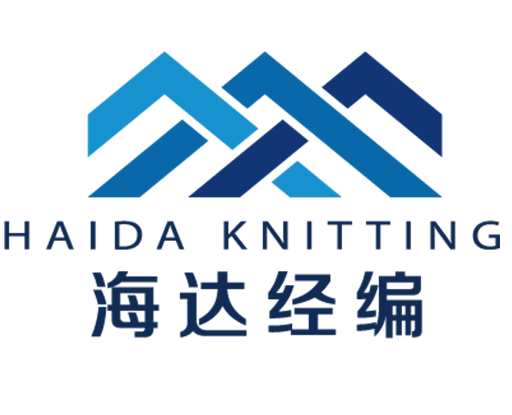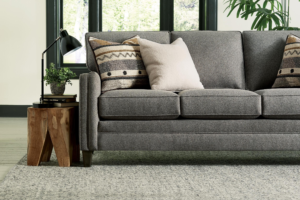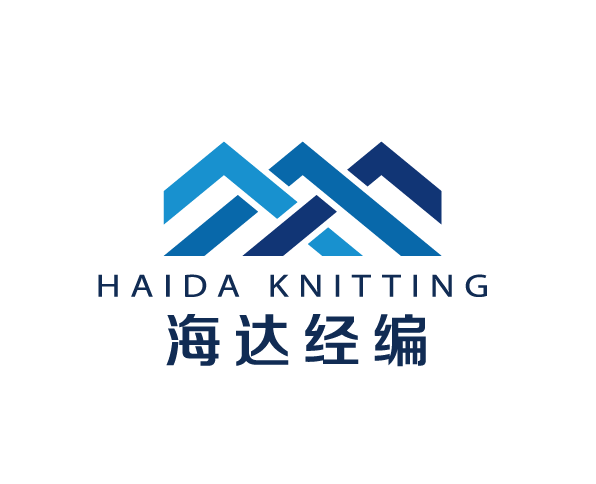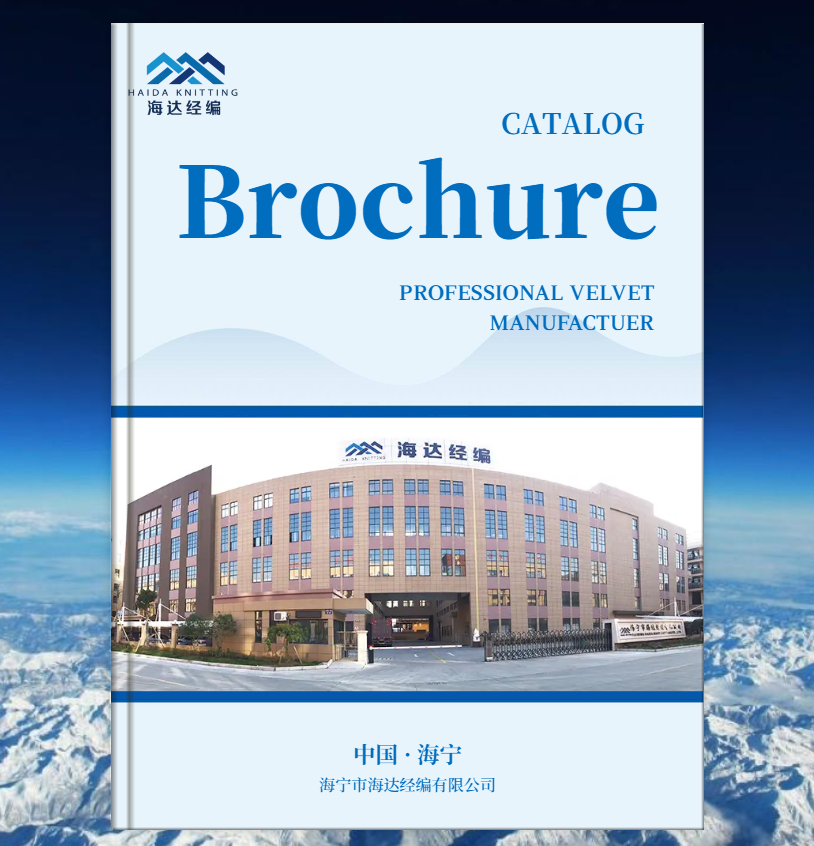Velour is a luxurious fabric that has gained popularity for its softness, rich texture, and attractive appearance, making it a tempting option for sofa upholstery. While velour shares similarities with velvet in terms of plushness and tactile appeal, it is essential to assess whether it is the right choice for a sofa based on comfort, durability, maintenance, and style. Below, we’ll break down the key pros and cons of using velour for your sofa upholstery to help you make an informed decision.
1. Softness and Comfort
Pros:
Velour is known for its soft, plush texture, which provides a luxurious feel. The fabric has a velvety surface that is comfortable to sit on, making it an appealing choice for sofas and chairs. Its soft, tactile nature makes it ideal for creating cozy, inviting seating in living rooms or lounges.
- Plush Surface: Velour’s dense, knitted pile gives it a comfortable, cushion-like feel, similar to velvet but often with a slightly more relaxed texture.
- Cozy Atmosphere: The fabric’s comfort factor is enhanced by its ability to trap warmth, making it ideal for colder months.
Cons:
While velour feels great to the touch, it can be a bit too warm in hot climates, which could make it less comfortable during the summer or in areas with high humidity.
2. Durability and Wear Resistance
Pros:
Velour is relatively durable, especially when made from synthetic fibers such as polyester or a blend of polyester and spandex. Synthetic velour is resistant to fading and pilling, and it is more resilient than natural fabrics like cotton or silk velour.
- Synthetic Velour: Offers better durability compared to natural fibers, ensuring that the fabric holds up to regular use.
- Stretchability: Velour often has a degree of stretch (especially if spandex is added to the blend), which makes it more forgiving and comfortable for everyday seating.
Cons:
Velour can be more susceptible to crushing and flattening under pressure over time, particularly in areas of the sofa where people sit most often. The pile may lose its lofty texture after extensive use, which could cause the fabric to appear worn.
3. Maintenance and Cleaning
Pros:
One of the advantages of synthetic velour is its ease of maintenance. Unlike natural fabrics like velvet or silk, velour tends to be more resistant to stains and dirt. It’s also easier to clean, especially if treated with a fabric protector.
- Spot Cleaning: Velour can typically be spot-cleaned with mild soap and water or a gentle upholstery cleaner.
- Less Likely to Fade: If you choose a synthetic velour option, it is likely to be more fade-resistant compared to other fabrics, such as silk velvet or linen.
Cons:
While it’s easier to clean than velvet or natural fibers, velour can still be prone to dirt and dust buildup in its pile, which may require regular vacuuming. Additionally, velour can attract pet hair, so homes with pets should be mindful of this.
4. Appearance and Style
Pros:
Velour offers a rich, lustrous appearance, which is one of the reasons it’s often chosen for upholstery. It provides a similar luxurious look to velvet but tends to have a more casual and relaxed feel.
- Soft Sheen: Velour’s surface reflects light, creating a soft, subtle shine that adds depth and richness to the fabric.
- Versatile in Style: Velour works well with both traditional and modern décor, offering a plush, inviting look without being too opulent. It’s ideal for creating a comfortable yet elegant atmosphere.
Cons:
Velour can sometimes appear too casual in formal settings, especially when compared to the more polished appearance of silk velvet or leather. Additionally, because of its shiny surface, it may not always pair well with other high-sheen fabrics.
5. Cost and Value
Pros:
Velour tends to be more affordable than luxury fabrics like silk velvet or leather. Synthetic velour is also typically less expensive than natural velvet, making it a cost-effective way to achieve a plush, high-end look without breaking the bank.
- Affordability: For those seeking an opulent look without a high price tag, velour is a solid option.
- Value for Money: With the right maintenance, velour can offer long-lasting beauty and comfort, making it a good value for budget-conscious homeowners.
Cons:
Velour made from natural fibers like cotton or silk can be more expensive, though it still typically costs less than premium velvet fabrics.
6. Suitability for Different Spaces
Pros:
Velour is a great option for family rooms, lounges, and home theaters, as its soft texture provides a comfortable seating experience. It’s also a good choice for casual, cozy spaces where you want to create an inviting, relaxed vibe.
- Cozy Feel: Ideal for rooms where you expect people to sit for long periods and relax.
- Great for Accent Pieces: Velour works wonderfully for accent chairs, cushions, and throws, especially when paired with other materials like leather or linen.
Cons:
While velour can work in more formal settings, it may not be the best choice for highly polished or sleek interiors. It is also less ideal for high-traffic areas or homes with pets due to its potential for wear and tear.
Conclusion: Is Velour a Good Fabric for a Sofa?
Velour can be an excellent choice for sofa upholstery, especially if you are looking for a fabric that combines luxury, comfort, and affordability. It is a versatile option that works well in casual and family-oriented spaces, offering a soft, plush texture that is perfect for lounging.
Pros:
- Soft, cozy, and luxurious feel
- Affordable alternative to velvet
- Easy to maintain, especially synthetic blends
Cons:
- Prone to crushing and flattening over time in high-traffic areas
- Can attract pet hair and dust in its pile
- Less ideal for formal spaces compared to more refined fabrics
If you want a comfort-first fabric that delivers a welcoming atmosphere without the high cost or maintenance of natural velvet, synthetic velour can be a fantastic choice for your sofa upholstery. However, for high-traffic areas or homes with pets, you may want to consider performance velour or explore more durable options like microfiber or leather.











